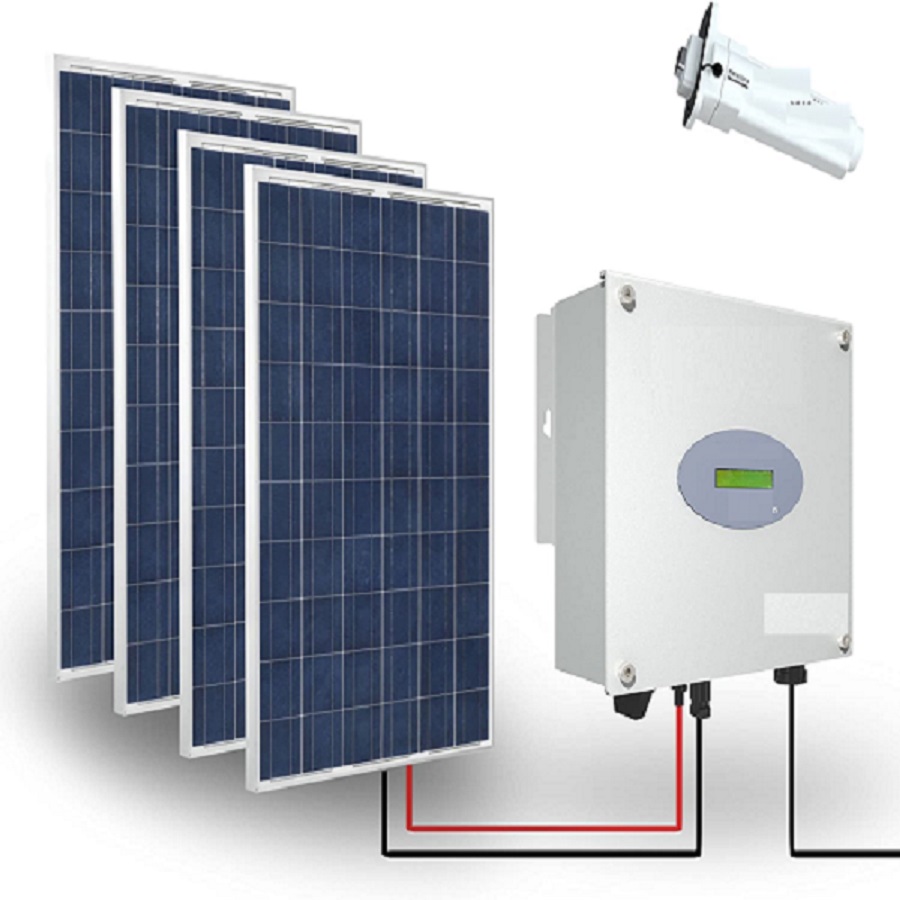Solar panels, inverters, and batteries are integral components of a solar power system. They work together to capture, convert, store, and distribute solar energy for various applications.
- Solar Panels (Photovoltaic Modules): Solar panels consist of individual solar cells that convert sunlight into direct current (DC) electricity through the photovoltaic effect. When sunlight hits the solar cells, it generates a flow of electrons, creating a DC electrical current. Solar panels are typically installed on rooftops, ground-mounted systems, or other suitable locations to capture sunlight.
- Inverters: The DC electricity produced by solar panels is not directly usable for most household or commercial applications, as these applications typically require alternating current (AC) electricity. Inverters are devices that convert the DC electricity generated by solar panels into AC electricity that can be used to power appliances, lighting, and other electrical devices. Inverters also ensure that the AC electricity produced matches the grid frequency and voltage standards.There are different types of inverters, including:
- String Inverters: These are common and cost-effective inverters that are connected to a series (string) of solar panels. They convert the combined DC output of the panels into AC electricity.
- Microinverters: Each solar panel is equipped with its own microinverter, which converts the DC electricity from the panel directly into AC. Microinverters can optimize the performance of individual panels and are particularly useful in scenarios with shading or varying panel orientations.
- Power Optimizers: Power optimizers are placed on each solar panel and optimize the DC output before sending it to a central inverter. Similar to microinverters, they can help mitigate the effects of shading and panel mismatch.
- Batteries (Energy Storage Systems): Batteries are optional components that store excess electricity generated by solar panels. This stored energy can be used when solar production is low (e.g., at night or during cloudy days) or during peak demand times when electricity prices are higher. Energy storage systems help increase self-consumption of solar energy, provide backup power during outages, and enable homeowners or businesses to shift their energy usage patterns.Batteries can be integrated into a solar power system using various technologies, including lithium-ion, lead-acid, or flow batteries. The choice of battery technology depends on factors such as energy capacity, cycle life, efficiency, and cost.
In summary, solar panels capture sunlight and convert it into DC electricity, which is then converted into AC electricity by inverters for use in homes, businesses, or the grid. Batteries can store excess energy for later use, improving energy self-sufficiency and enabling backup power. The combination of solar panels, inverters, and batteries forms a comprehensive solar power system that offers clean energy generation, consumption optimization, and increased energy independence.


